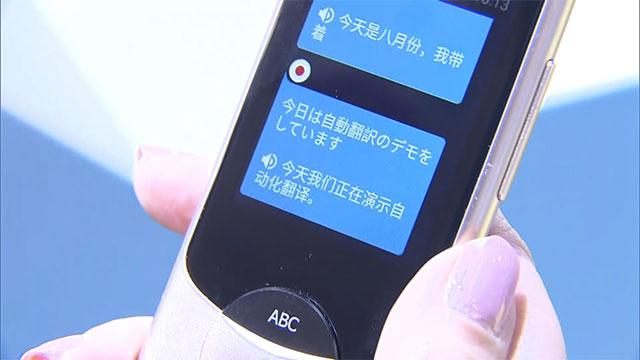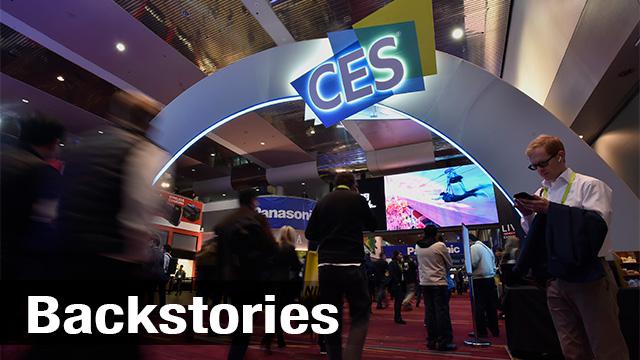Technology as part of the family
In Samsung’s vision of the future, Bixby will be an omnipresent member of every family. It is their digital assistant, meant to compete with Amazon’s Alexa and Hey Google. If Samsung has its way, “Hi Bixby” will become the 21st century version of “Honey I’m home."
"Samsung is consolidating its AI capabilities into a single intelligence platform, Bixby,” said Samsung co-CEO HS Kim. "From voice to embedded AI, Bixby is evolving to enhance the way you live,” he added.
Consumers will be able to use Bixby together with Samsung smart refrigerators, televisions, washing machines, dryers, phones, and other platforms. Bixby will find recipes, play music, send memos, tell you the weather, send text messages, and control multiple devices at once. But can it keep the milk from spoiling? Samsung didn’t say.
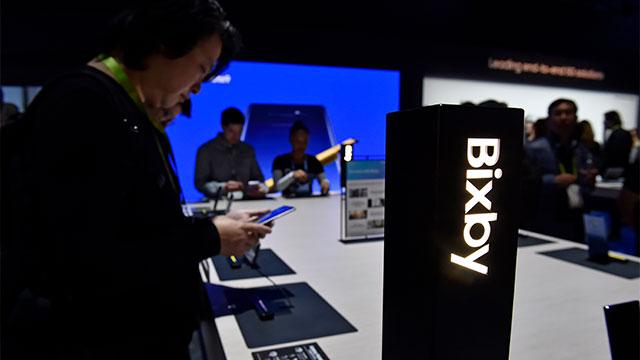
Goodbye Road Rage
Another happier and somewhat less intrusive vision of the future was presented by KIA. As anyone who lives and drives in Los Angeles can attest, road rage and stress are fundamental to the experience of being and Angeleno.
But what happens in an autonomous world where the car is the one dealing with the commute? That’s where Kia’s Real-time Emotion Adaptive Driving system comes in. R.E.A.D is an “emotional AI-based optimized and interactive in-cabin space centered on human senses." In other words, if the vehicle senses that the passenger is sad or angry, it will tailor the interior environment to make the person happy. In addition, Kia’s music-response vibration seats will allow passengers to “feel” their music.
"The system enables continuous communication between driver and vehicle through the unspoken language of 'feeling', thereby providing an optimal, human sense-oriented space for the driver in real-time," said Albert Biermann, Hyundai's head of research and development.
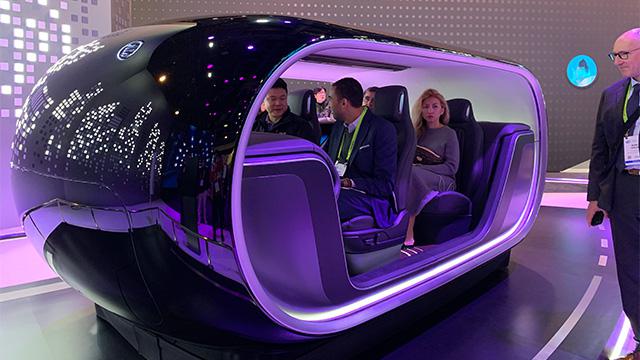
Audi Goes Virtual
But before we get to a future free of road rage, German automaker Audi has turned its Audi e-tron into a virtual Disneyland ride. With the help of Disney Games and Interactive Experience, Audi introduced a number of in-car entertainment experiences that it hopes to trot out in the near future with the help of its new startup Holoride.
In one of them, passengers are transported onto a ship manned by Marvel's Guardians of the Galaxy through the use of a VR headset. If the car turns right or accelerates, so does the ship in the headset.
In another, the “Audi Immersive In-Car Entertainment” project, a stationary Audi rumbles and shakes when a movie is playing inside.
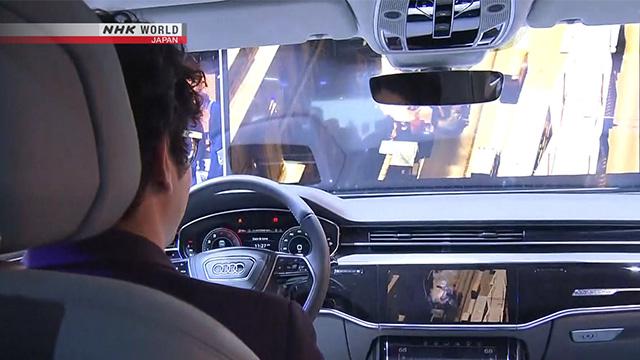
iFlytek’s AI Translator: Making it Easier to Argue
As it turned out, one of the most functional items on show at CES was also one of the most understated. Chinese company iFLYTEK introduced its 2019 CES Innovation Award winning Translator 2.0 to good reviews. The device supports translations between Chinese and 63 other languages.
"At iFLYTEK, we believe we can use artificial intelligence to build a better world," said Dr. Steven Li, Vice President of iFLYTEK.
Only time will tell whether the translator will lead to a better world, but at the very least, it’s made it easier for people to argue.
"Did you see me argue with that guy from iFlytek?” one of my colleagues asked me. "We passed the translator back and forth, and argued in Chinese and English. It really works!”
